900932
TAMRA alkyne
≥95%
Sinónimos:
Tetramethylrhodamine alkyne
Iniciar sesiónpara Ver la Fijación de precios por contrato y de la organización
About This Item
Fórmula empírica (notación de Hill):
C36H41N3O8
Peso molecular:
643.73
Código UNSPSC:
12352200
NACRES:
NA.22
Productos recomendados
Nivel de calidad
Ensayo
≥95%
Formulario
powder or crystals
idoneidad de la reacción
reaction type: click chemistry
temp. de almacenamiento
−20°C
cadena SMILES
O=CNCCOCCOCCOCCOCC#C.CN(C)C1=CC=C(C(C2=C(C([O-])=O)C=CC=C2)=C(C=C3)C(O4)=CC3=[N+](C)C)C4=C1
Aplicación
TAMRA alkyne is a red-fluorescent probe that through the alkyne group can be reacted with azides via a copper-catalyzed click reaction (CuAAC). TAMRA (tetramethylrhodamine) is a bright fluorescent probe and is compatible with various excitation sources including mercury arc, tungsten and xenon arc lamps, the 544 nm line of the Helium-Neon laser and the 532 nm green laser line.{37
Producto relacionado
Referencia del producto
Descripción
Precios
Código de clase de almacenamiento
11 - Combustible Solids
Clase de riesgo para el agua (WGK)
WGK 3
Punto de inflamabilidad (°F)
Not applicable
Punto de inflamabilidad (°C)
Not applicable
Elija entre una de las versiones más recientes:
¿Ya tiene este producto?
Encuentre la documentación para los productos que ha comprado recientemente en la Biblioteca de documentos.
Los clientes también vieron
Selective imaging of Gram-negative and Gram-positive microbiotas in the mouse gut.
Wang W, et al.
Biochemistry, 56(30), 3889-3893 (2017)
Chemoselective modification of viral surfaces via bioorthogonal click chemistry.
Rubino F A, et al.
Journal of Visualized Experiments, 66 (2012)
Jacob Gubbens et al.
Chemistry & biology, 16(1), 3-14 (2009-01-28)
New lipid analogs mimicking the abundant membrane phospholipid phosphatidylcholine were developed to photocrosslink proteins interacting with phospholipid headgroups at the membrane interface. In addition to either a phenylazide or benzophenone photoactivatable moiety attached to the headgroup, the lipid analogs contained
Nuestro equipo de científicos tiene experiencia en todas las áreas de investigación: Ciencias de la vida, Ciencia de los materiales, Síntesis química, Cromatografía, Analítica y muchas otras.
Póngase en contacto con el Servicio técnico
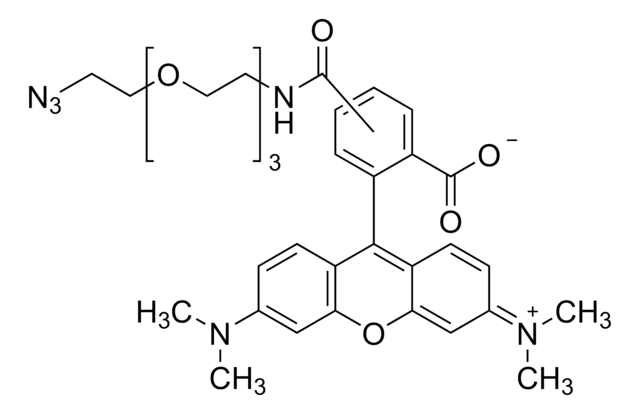
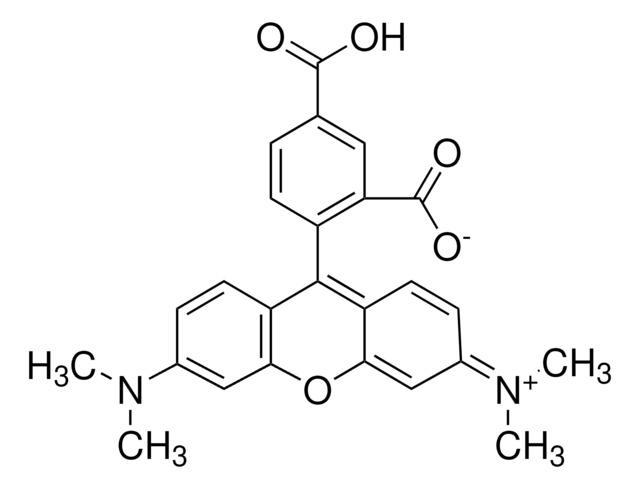
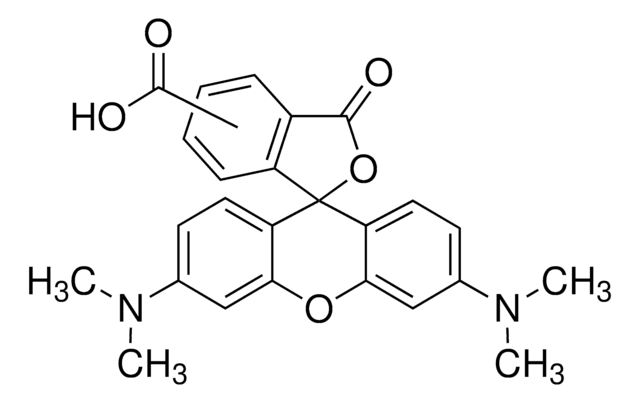
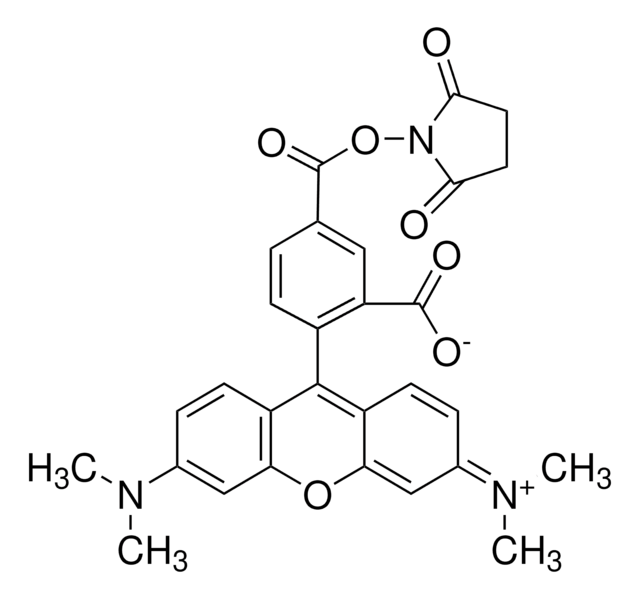
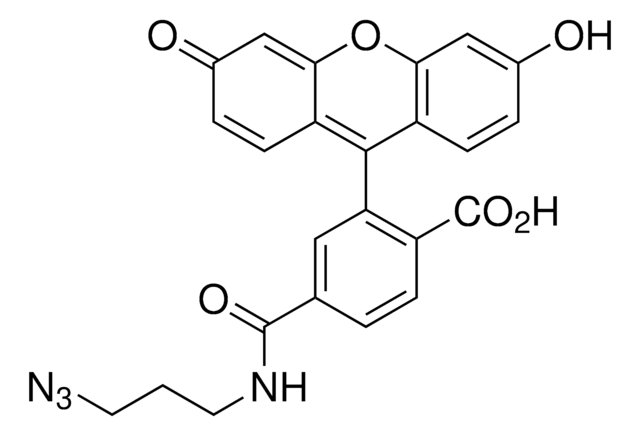

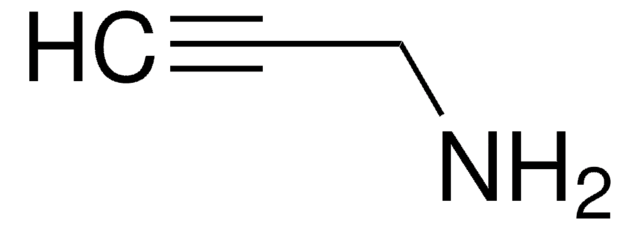
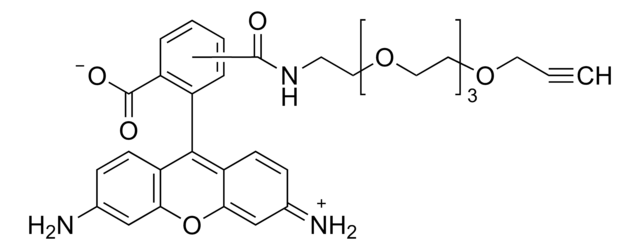
![Tris[(1-benzyl-1H-1, 2, 3-triazol-4-yl)methyl]amine 97%](/deepweb/assets/sigmaaldrich/product/structures/179/695/86a721c8-2a4c-4e4f-bc36-6276ce7a941f/640/86a721c8-2a4c-4e4f-bc36-6276ce7a941f.png)
